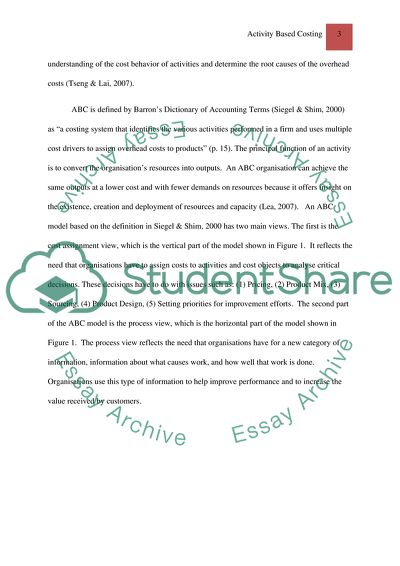Cite this document
(Activity Based Costing in Construction Industry Assignment, n.d.)
Activity Based Costing in Construction Industry Assignment. Retrieved from https://studentshare.org/finance-accounting/1742236-activity-based-costing-in-construction-indestry
Activity Based Costing in Construction Industry Assignment. Retrieved from https://studentshare.org/finance-accounting/1742236-activity-based-costing-in-construction-indestry
(Activity Based Costing in Construction Industry Assignment)
Activity Based Costing in Construction Industry Assignment. https://studentshare.org/finance-accounting/1742236-activity-based-costing-in-construction-indestry.
Activity Based Costing in Construction Industry Assignment. https://studentshare.org/finance-accounting/1742236-activity-based-costing-in-construction-indestry.
“Activity Based Costing in Construction Industry Assignment”, n.d. https://studentshare.org/finance-accounting/1742236-activity-based-costing-in-construction-indestry.


